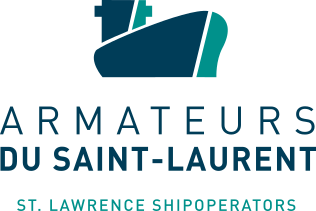overview
Ballast water is used to maintain ships’ stability to ensure their safe operation. During ballast water intake, aquatic organisms (microalgae, aquatic plants, animal species) or pathogens can enter ships’ holds. When these waters are discharged, they enter a different ecosystem, in which they may jeopardize public health, marine infrastructures and biodiversity if they are able to take hold in their new receiving environment. They are then referred to as aquatic invasive species.
Since the International Marine Organization’s (IMO) International Convention for the Control and Management of Ships’ Ballast Water and Sediments came into force, in 2017, every ship must be equipped with a ballast water treatment system approved by the authorities.
However, numerous challenges make installing these treatment systems complex. The effectiveness and availability of treatment systems adapted to St. Lawrence and Great Lakes waters, technical constraints, such as space restrictions on board certain vessels, the lack of harmonization between the regulations of the different jurisdictions involved and the issues of competitiveness that this raises are all critical for SLS and our members.
sls' role
SLS supports the development of fair, technically feasible regulatory measures that do not hinder our members’ operations, while supporting the industry’s efforts to seek and develop solutions that are proven to protect the environment.
SLS participates actively with our members, government authorities and other partners concerned in defining the most effective means to manage ships’ ballast waters. In addition to monitoring the evolution of policies, technological developments and scientific knowledge in this area, our association is directly involved in the government-industry ballast water working group, giving us the opportunity to bring our members’ concerns directly to the authorities’ attention and to propose concrete actions.

